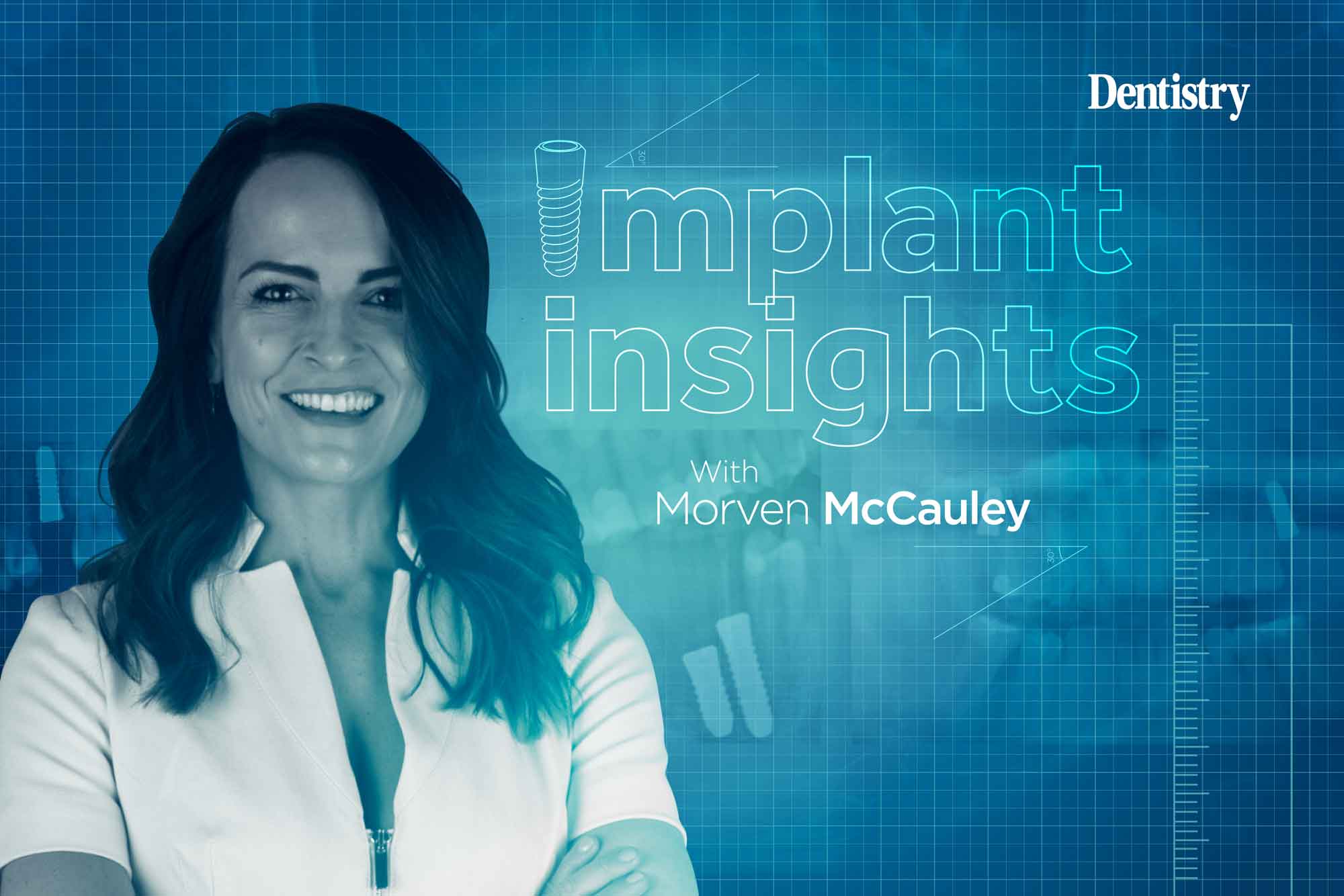
Morven McCauley details the innovative use of Icam and photogrammetry in implant dentistry and how it has revolutionised the sector.
In recent years, the field of implant dentistry has witnessed remarkable advancements, and one such breakthrough is the integration of photogrammetry in dental implants.
Photogrammetry, a technique that uses photography to measure and map objects, has revolutionised the way a clinician can plan and execute full arch implant prosthesis.
This article delves into the exciting breakthrough of photogrammetry and its impact on full arch dental implants in practice with an insight from a CDT at the forefront of the introduction of Icam photogrammetry globally, Darren Kelsey of DK Labs.
‘I found out about Icam through social media and it has changed my life as a dental technician,’ he said.
‘The clinicians I work with are based in Perth, Australia all the way to Michigan US, and overnight, we started delivering full arch restorations in three easy appointments – we scan, trial and fit final restorations and provide immediate teeth in a-day cases.
‘The only negative being the demand to buy Icam units outweighing the supply-we needed more units but couldn’t get a hold of more quickly enough! Now that there’s an ample supply of the next-gen Icam, the sky’s the limit on how big we can grow.’
Method of capture
Full arch dental implant impressions can often be messy, time-consuming and stressful for both clinician and patient. Icam offers a precise, efficient and astonishingly rapid method of capturing the dental implant positions.
A set of Icam scan body ‘dominos’ are attached to the multi-unit attachments and following simple use of the handheld unit, by employing a combination of photography and advanced computer algorithms, photogrammetry records and creates a detailed 3D digital model of the patient’s oral cavity with impressive efficiency.
This non-invasive chairside approach provides the patient with a more comfortable (and impressive) experience, with a few less sweat beads on the brow of the clinician.
Turnaround
The integration of photogrammetry in full-arch dental implants has significantly reduced chair time for patients. The digital workflow streamlines the treatment process, eliminating the need for multiple appointments and laboratory stages, leading to faster turnaround times, reduced waiting periods for patients and an increased productivity rate.
A win for everyone involved.

An example of a same-day turnaround for full-arch prosthesis as outlined by Darren Kelsey:
- Pre-op scans sent to the lab one week prior to placements
- The lab designs the ideal digital wax up for the clinician and patient to review
- On the day of surgery after fixtures are placed, an Icam scan is performed alongside a soft tissue scan using Icam scan bodies
- The scans are then transferred to the lab and within one hour the lab sends back a temporary full arch design for the clinician to print chairside or alternatively, the lab mills the temporary acrylic bridge that is shipped for fit the following day.
Twelve weeks later the upper and lower teeth are scanned, with an updated soft tissue scan. From here, we start to fit the final restoration, or we mill a trial acrylic bridge for the patient to test drive.
Enhanced predictability and aesthetics:
Photogrammetry aids in achieving optimal implant placement, resulting in improved predictability and aesthetics. The technology allows for precise positioning of implants, ensuring proper support and alignment for the final restoration without the risk of human error during tedious laboratory stages.
As quoted by Imetric CEO, Horst Beyer when talking about the traditional workflow with impressions, ‘once you have a model, you have lost the war.’
‘The fits are superb in my experience, we are working to the micron having removed so many layers of a previously long tedious task that’s littered with human error.
‘The standardised scanning of the implants is a great benefit, eg if my four-year-old daughter took the i cam scan it would be of the same quality as an experience user taking an Icam scan’
Improved communication and collaboration
One of the significant advantages of photogrammetry in full arch dental implants is the enhanced communication and collaboration between the dental team and the laboratory.
The digital models can be easily shared and discussed, enabling seamless coordination and a more efficient workflow. This level of collaboration ensures that all stakeholders are on the same page, leading to better outcomes and patient satisfaction.
Conclusion
Photogrammetry has ushered in a new era of precision and efficiency in full arch dental implants. This technology offers a multitude of benefits, including precise treatment planning, improved communication and collaboration, enhanced predictability and aesthetics, and reduced chair time.
As the dental industry continues to embrace digital advancements, photogrammetry stands out as a game-changer, revolutionising the field of full arch dental implants and ultimately improving not only patient outcomes, but clinician satisfaction.
To get started in delivering full arches in three predictable appointments, contact DK Dental Lab where we sell Icam units, hire Icam units, design Icam cases for existing owners and provide free Icam training for all new Icam owners.
Catch Morven’s previous Implant Insights columns:
- ISQ devices: faff or functional?
- Is implant dentistry the answer to the balance between work-life and mum-life?
- Inside the factory – implant edition.
Follow Dentistry.co.uk on Instagram to keep up with all the latest dental news and trends.


